Low-profile keyboards are great for gaming and work. Not every player has the same keyboard preferences when it comes to gaming. Low-profile mechanical keyboards are useful for those who choose a much more minimalist approach to their keyboards.
A full-sized mechanical keyboard with all the bells and whistles added by the manufacturer to make it more gamer-friendly is often what comes to mind when you hear the phrase “gaming keyboard.”
What is a Low Profile Keyboard?
Rubber, mechanical, and optical choices are available for low profile switches, just like they are for standard switches. In comparison to a regular mechanical keyboard, the low profile switches are typically quicker to actuate and generally feel faster when pressed.
Low profile keyboards are modelled after laptop and notebook keyboards to achieve a similar level of mobility and ergonomic comfort.
Simply said, a low-profile keyboard is one that is lower in height and has switches with less actuation travel.
1. Keychron K1 and K3
PROS:
- Switchable sockets
- great value for the money
- several possibilities for connecting
- long-lasting wireless batteries
CONS:
- software customization lacking
- ABS keycaps will shine with time.
- no movable feet
Although not exactly 60%, both variants are suitable for a low-profile keyboard. First off, the K3 is a smaller, 75% keyboard, whereas the K1 is the TKL (tenkeyless) variant. The main reason Keychron mechanical keyboards are so well-liked is the excellent value they offer.
There is a reason why the Keychron K1 and K3 are at the top of our list. The ability to replace out the provided switches with any other low-profile key switches is a thoughtful detail that isn’t usually included in low-profile keebs. The K1 and K3 are a clear indication of their development.
Both keyboards support hot swapping, and Keychron’s website includes linear or tactile Gateron low-profile switches. Keychron has been a player in the mechanical keyboard market for a while, and they have been getting better all the time.
Both the K1 and K3 may be paired with several devices, with the K1 supporting three and the K3 supporting five.
The K3 has a battery life of around 99 hours with the backlight off and approximately 34 hours with the backlight on, and both variants allow wireless communication.
However, it must be acknowledged that playing games in wireless mode is not the best choice because the device’s weak Bluetooth connection cannot deliver the latency needed for gaming.
You won’t experience any issues utilising it wirelessly because the wireless mode is flawless across all device types.
Additionally, as everything is done via the keyboard, there is no software available to tweak the keyboard’s features. There isn’t much room for adjustment because the keyboards’ feet aren’t also moveable.
Additionally, you should be aware that the K1 and K3 both employ ABS keycaps rather than PBT, which lowers the quality of the legends.
Depending on how many functions you desire, the keyboard has a range of price choices. The Keychron K1 and K3 are exceptional low-profile mechanical keyboards and should be taken into account, despite their very small drawbacks. It has a black colour scheme.
More switch choices and general improvements to the K1 were made in the most current iteration of this keyboard.
You may choose from Gateron Low Profile Blue or Red Switches, 87-key or 104-key keyboards, white illumination or RGB backlighting, and either type of keyboard.
The Keychron K1 V4’s major problem is the previously mentioned V5 model, which will be released soon.
If you have the time to wait, we’d advise waiting for the upgraded model with the hot-swap optical switch option. However, if hot-swap is not a top concern, the K1 V4 will provide the exact same experience at this time.
Additionally, the version with RGB lighting has 18 different lighting settings, so even if you can’t alter any of them precisely to your tastes, you won’t likely grow tired of the lights.
The K1 cannot be customised, which is a minor drawback. However, it has a dedicated button for toggling between the Windows and Mac layouts, which are both pre-programmed into the device.
That’s respectable for a backlit keyboard, and if you completely turn off the illumination, you should be able to get a little more life.
The Keychron K1 has a 2000 mAh battery that, in the company’s lab tests, lasts for 36 to 38 hours via Bluetooth. This makes them some of the mechanical switches on a small mechanical keyboard with the shortest travel times.
Of course, your choices will determine whether or not that is a selling factor. Either Gateron Blue, Red, or Brown switches are available for the K1. These tactile, linear, and clicky switches each feature a pre-travel distance of 1.5 mm and a total travel distance of 2.5 mm.
However, the Keychron K1 does offer Bluetooth, a good low-profile Gateron switch, and an excellent all-aluminum housing. The K1 doesn’t seek out to impress you with an abundance of features or flashy gimmicks, like most of Keychron’s keyboards do.
2. Fnatic Streak65 LP
PROS:
- keys with PBT
- robust construction with an aluminium case
- LP Kailh switches feel excellent.
- a good design
- Acoustical insert made of foam
CONS:
- Expensive
Additionally, there is a lot of cushion within the keyboard, which substantially improves the acoustics. Overall, the Streak65 stands apart from the competition thanks to Fnatic’s excellent attention to detail.
With an all-aluminum casing that makes it light and sturdy, its construction is of the highest calibre. Additionally, it boasts PBT keycaps with premium, long-lasting legends. The Kailh low-profile switches used by the Streak65 have excellent sound and feel.
A fantastic small 65 percent keyboard made by Fnatic, the Streak65 is primarily designed with esports gamers in mind. It’s a fantastically little, low-profile keeb with a wonderful design that looks distinctive without seeming overtly gamey.
3. Corsair K70 Mk.2 Low Profile and Corsair K60
PROS:
- keys for media with a volume wheel
- swift keys
- Excellent RGB choices
CONS:
- Full-sized keyboards are not the most ergonomic for gaming.
- hefty cable
- The keys are a little shaky.
Both of these low-profile Corsair products are excellent, and with the downloaded software, you can even modify your keyboard whatever you like.
However, the K70 is a keyboard that is incredibly well-liked by gamers, and we believe Corsair has produced a reasonable low-profile version of the same keyboard. Although the K60 lacks some of the media functions of the K70 Mk.2, it is similar to that model.
It has a long, bulky cord that tends to get in the way more than with other keyboards. The low-profile switches don’t fit the keycaps very well, and they wobble more than I would like.
As a result of the K70’s quick and dependable Cherry low-profile switches, gamers will have a difficult time finding any issues with this keyboard.
Other low-profile keyboards typically lack features like a volume wheel and a USB passthrough, but the fully complete K70 has both. The K70 Mk.2 is a full-size mechanical keyboard that has all the features of a standard gaming keyboard.
4. Logitech G915 TKL
PROS:
- affordable cost and a wealth of features
- Bluetooth and USB 2.4 GHz connection
- Key for media and wheels
CONS:
- Not the greatest construction.
- Lack of proficiency in typing
Cost-cutting measures must be implemented somewhere. The build quality and key feel of the K618 should be much better.
The Redragon K618 really has virtually all the same features as the G915 TKL, despite not being as nicely made, and it costs a lot less. The Redragon K618 is a low-profile keyboard that is worth considering if you want to stay within budget.
Redragon has always been the best buddy of the low-budget gamer, and they have now entered the quiet keyboard game. A fantastic cheap wireless keyboard is the K618. It has 2.4 GHz and Bluetooth connectivity, allowing you to play games wirelessly with acceptable latency.
Some reddit users have shared their thoughts on this keyboard.
6. Vissles LP85
PROS:
- appealing mac-style appearance
- excellent construction
CONS:
- Wireless has latency, making it unsuitable for gaming.
The Vissles LP85 could be the perfect keyboard for you if you’re looking to upgrade your workspace with a sleek, low-profile keyboard.
The keycaps feel fantastic to type on and are quite Mac-like. It has optical low-profile switches and has a reasonable build quality for the budget. It practically has the same typing experience as the keyboard on a MacBook Pro.
According to this layout, the LP85 is primarily targeted towards Mac users who prioritise work above pleasure. The Vissles LP85 is best described as being the furthest thing from a gaming keyboard. However, it has an extremely stylish low-profile keyboard.
They feel snappy and sharp because to their competitive 1.2 mm (0.04 inches) of pre-travel and 2.5 mm (0.9 inches) of overall travel. The LP85 is notable for its unique optical-mechanical switches as well. The clicky “pop” sound of these Vissles X-Optical switches makes using them a pleasure.
It has a typical 75% layout and premium features including an all-aluminum shell that is comfortable to grip and type on.
It is plainly based on Apple’s Magic Keyboard, but it goes well beyond basic copying. The new Vissles LP85 keyboard is unquestionably your best option right now if you’re primarily searching for a portable, small mechanical keyboard for working.
7. Cooler Master SK630/650/621 Low Profile Keyboard
With the square keycaps and somewhat closer-spaced keys than any of my other keyboards, there is around 50% less room between keys compared to, for example, my Logitech and Apple keyboards.
Because of the flat keycaps and the close spacing between the keys, I’ve never seen this problem on a keyboard from any other manufacturer, not even on Apple’s most recent butterfly models.
I’m now seeing a 30 percent WPM loss because to erroneous keypresses, perhaps this will pass soon.
The keycaps themselves feature sharp square corners, are composed of an extremely gripping plastic, and are nearly flat in shape. This means that when I press the up key, I find that my finger catches on keycaps close by.
For gamers out there, this means that WASD should be smoothed out at the very least because it is nearly impossible to roll your finger from, say, W to S or from up cursor to down cursor because of these keycaps.
There is no mute key, and I haven’t been able to use AHK, SharpKeys, or KeyTweak to remap the stop key (Fn+Del) to mute. Since I use mute frequently while working, this is a huge oversight, and even though I can remap another key combination to mute, it would be much nicer if I could keep all the media keys where they are currently located in the edit cluster.
In contrast to my white LED Logitech, the writing on the keycaps appears to be transparent rather than white, which is perhaps what people would expect from a complete RGB keyboard.
Because of the new keyboard layout, I have to hunt and peck a little bit. In summary, unless you just use your fingers to type, it will be difficult to see these caps without turning on the backlight (more of an issue for SK631 buyers and the battery life in wireless mode).
I’ve used a Model M and CMX blues in the past, and I’ll be honest: I honestly never noticed the incredible typing benefits they gave.
Travel is acceptable for typing, and the keys bottom out at a fair height. Having said that, keypresses on my desk are noisy for a CMX red.
Be careful if you haven’t used these switches before because the CMX low profile reds are more resistant than I had anticipated based on the CMX quiet reds I’ve used in the past.
8. TECWARE PHANTOM L
Keys 87
Switch Type(s) Hot-swappable Outemu low profile Blue/Brown/Red
Keycap Material Double-shot ABS
Lighting Per-key RGB
Programming Macros
Connectivity USB Type-C
Dimensions (W x D x H) 13.8 x 5.2 x 1.2 inches
Weight 1.3 pounds
The Phantom L is on sale for less than $40 as of this writing. That’s amazing and makes it nearly seem like a no-brainer for those on a tight budget.
Although we don’t believe it to be a major problem, if you wish to keep a low profile, this is not the board for you.
The Tecware Phantom L has a lot to recommend it, especially at this pricing. The difference in height between this and its rivals ranges from 0.2 to 0.6 inches. The Phantom L isn’t as stealthy as the other keyboards on our list, it’s important to note.
In addition to illumination, the programme enables macro recording and a “Game Mode” that disables some keys, such the Win key.
The per-key RGB lighting has 18 distinct settings, and the Tecware software allows you to further personalise the illumination.
In the Phantom L, Tecware employs low-profile switches from Outemu. Red, Brown, and Blue switches are available for selection; these colours match the Cherry MX colour scheme.
The pre-travel is 1.2 mm (0.04 inches) and the overall travel is 3.0 mm (0.11 inches) for all three types. Without spending a fortune, you can have per-key RGB, a dependable Type-C USB pass-through connector, and hot-swap switches.
The Phantom L preserves the majority of the keyboard features you’d anticipate in the mid-range, in contrast to many other low-profile mechanical keyboards priced at $50 and under.
Budget mechanical keyboards can provide a plethora of trade-offs. The Tecware Phantom L, which would still be a good keyboard even at a much greater price, proves that isn’t actually the case.
The Pros and Cons of a Low-Profile Keyboard
Pros of having a low-profile keyboard
Short key travel distances
However, low-profile keyboards are a really wonderful option if you’re used to laptop and notebook keyboards or even if you’re a gamer who needs that extra low latency with a shortened key travel distance.
Many fans of mechanical keyboards find that having a lot of key travel improves the way the switches feel. The short key travel distance of low-profile keyboards, particularly those with their switches, is another benefit. Of course, this is a far more personal viewpoint.
Height Difference
This is a big concern if you frequently sit at your desk for extended periods of time typing since a low-profile keeb greatly reduces your risk of suffering a strain injury.
Low-profile keyboards are, first and foremost, shorter than standard mechanical keyboards. The fact that your wrist doesn’t need to be lifted significantly makes them considerably more ergonomic.
Ease of Portability
The decreased weight of low-profile keebs makes them the traveler’s greatest buddy. Additionally, the low-profile switches make the keyboard thinner overall, making it easier to throw it in a backpack pack and be ready to go.
Familiarity with some keys
If you’re used to thin and light little laptop keyboards like those in MacBooks and Dells. You won’t feel too overwhelmed switching to a low-profile mechanical keyboard, and you’ll probably be typing at your usual rates in no time!
Cons of having a low-profile keyboard
Lack of customizability
Nevertheless, you won’t have nearly as many customised switch possibilities as you would with a high-profile keeb. Granted, there are a few reliable low-profile switches available, such as the Cherry MX reds and blues.
I have bad news if the variety of switch types was what made you fall in love with mechanical keyboards. The switch diversity on low-profile keyboards is shockingly limited.
Lack of choice
This indicates that you have a roughly 10-to-1 selection of high-profile keyboards compared to low-profile keyboards.
One important aspect you should be aware of if you’re new to the mechanical keyboard market is that high-profile mechanical keyboards are in charge.
Less satisfying to type on
The feeling of low-profile switches is quite subjective, so it’s possible that you could even enjoy them. But mechanical keyboard lovers generally agree that high-profile switches provide a superior typing experience in every way.
How We Tested These Keyboards
We eliminated any from consideration if there were complaints about their quality. In addition to our own testing, we considered the general consensus to determine which keyboards should or shouldn’t be on this list.
In order to better understand how individuals felt about the keyboards when using them on a daily basis, we conducted extensive research on all of our choices, including searching social media for real user evaluations as well as from other gaming publications.
Additionally, we applied increased pressure to the keys to test their ability to maintain stiffness and smoothness.
In addition to testing performance, we also looked at durability, key feel, and ergonomics.
We made sure none of these mechanical keyboards will cause wrist cramps after prolonged use.
To evaluate how well these keyboards worked, we played some of the most well-known first-person shooter games, including Valorant, Apex Legends, and Modern Warfare.
Dota 2 was also added since it requires a lot of keyboard work. Playing a tonne of games is the only surefire way to determine just how wonderful (or horrible) a low-profile keyboard is.
First-person shooter games benefit greatly from 60 percent keyboards since they give your mouse plenty of room to move about for the best shots.
What We Look for in Low-Profile Keyboards
The criteria we use to determine if a keyboard is excellent are universal.
- Changes and sensation
- construct quality
- Size and style
- Keycaps Features
We avoided low-profile products that were offered in short quantities or as group purchases.
Since you can’t go wrong with the options we chose, we believe that the majority of players will like any or all of the options above.
We chose keyboards that can always be purchased. A keyboard was added to our list if it matched all the criteria listed above, was easily accessible, and fell within the acceptable price range.
Also read the best white setups for your room.

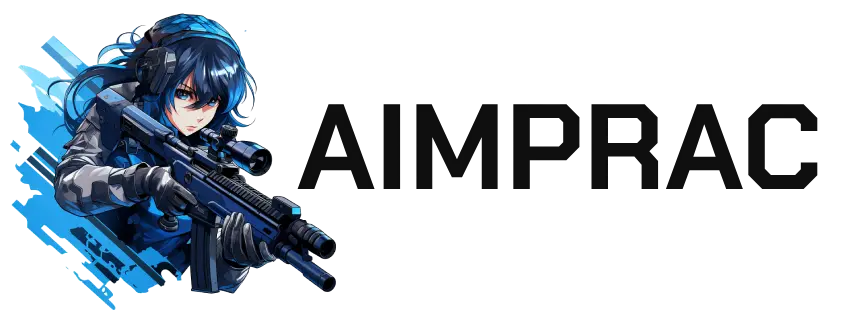
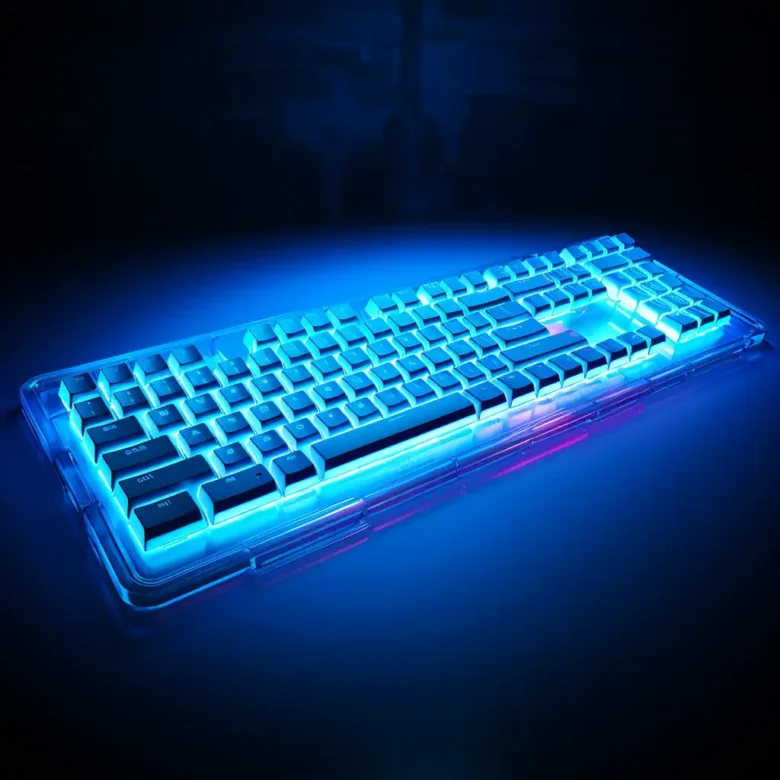

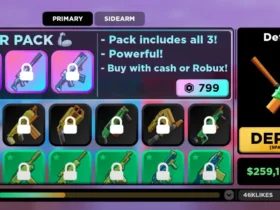

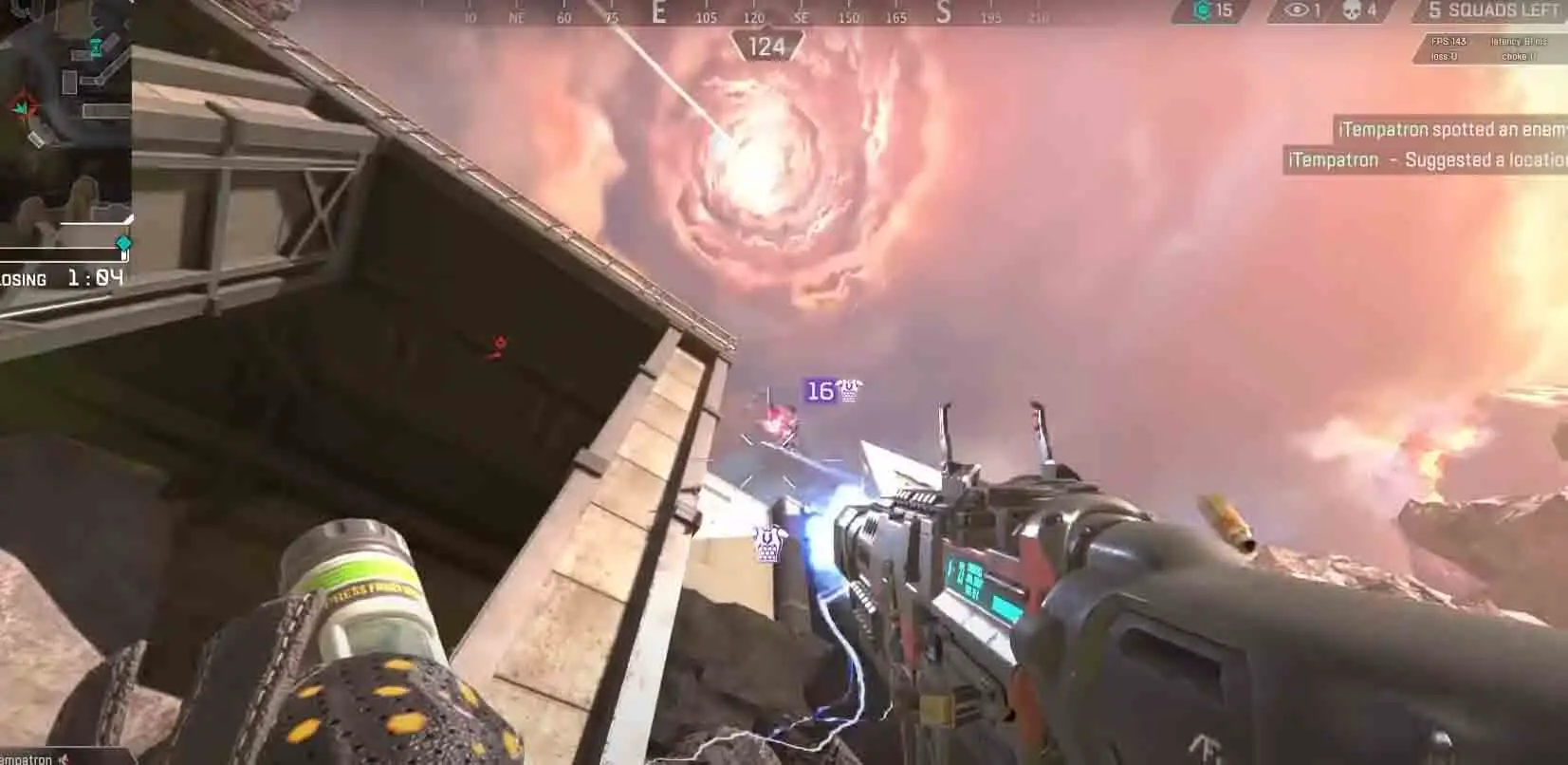

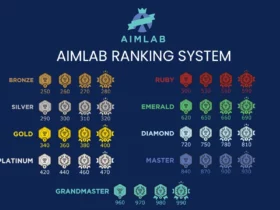
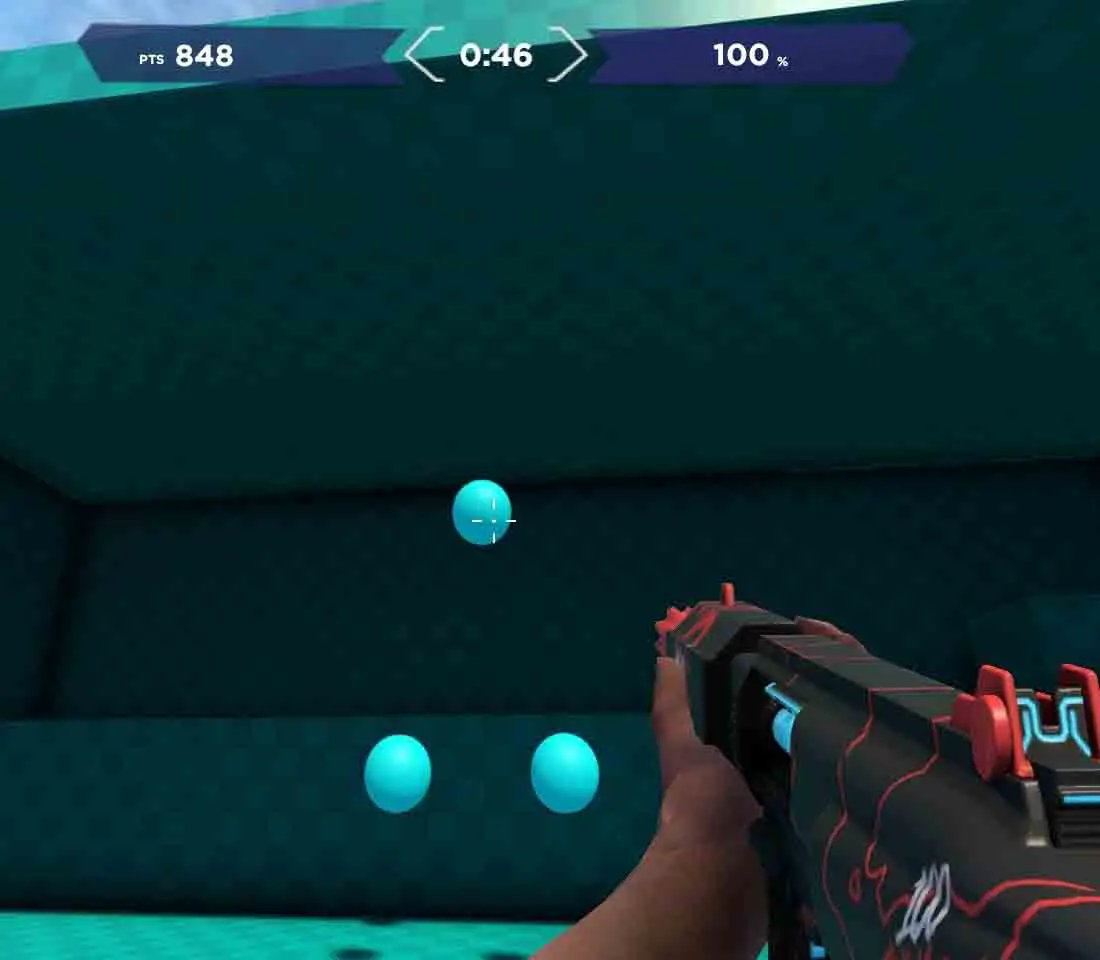
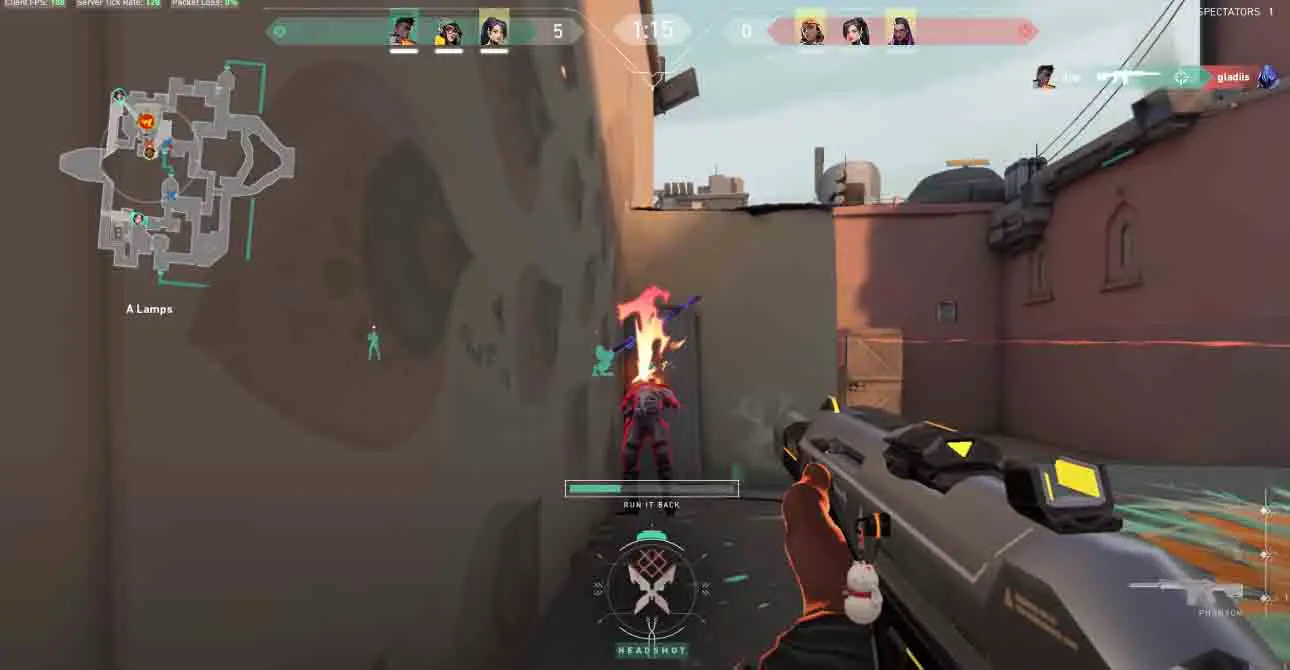

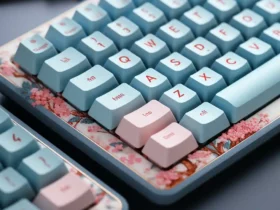
Leave a Reply